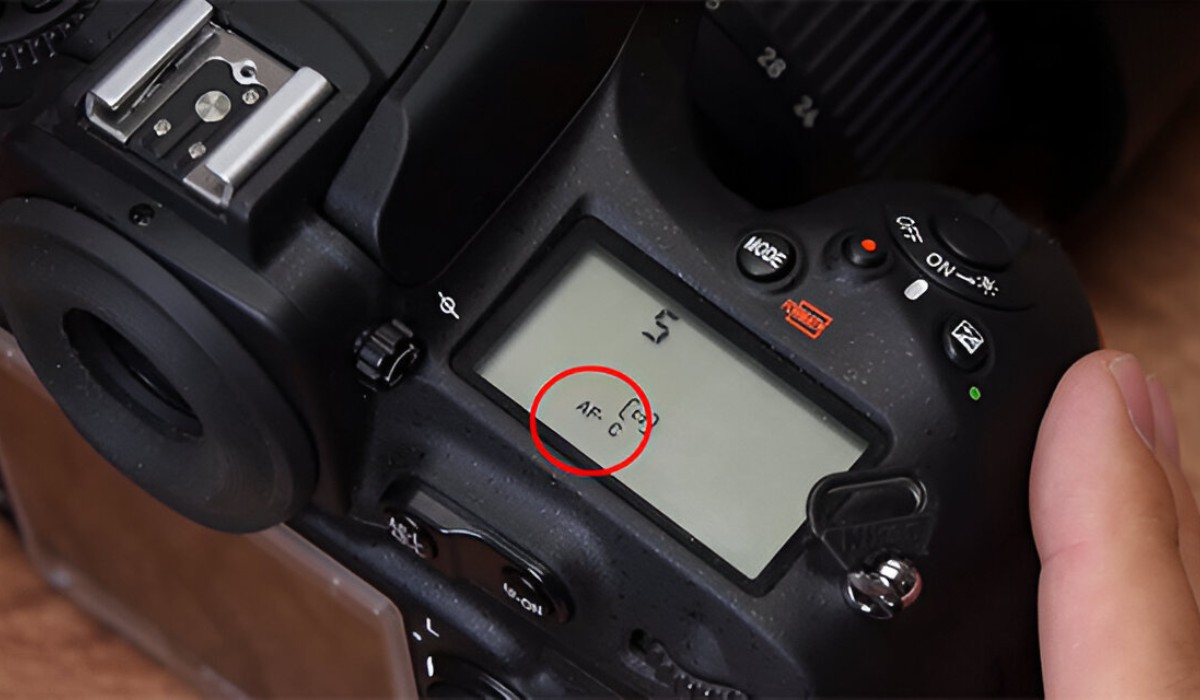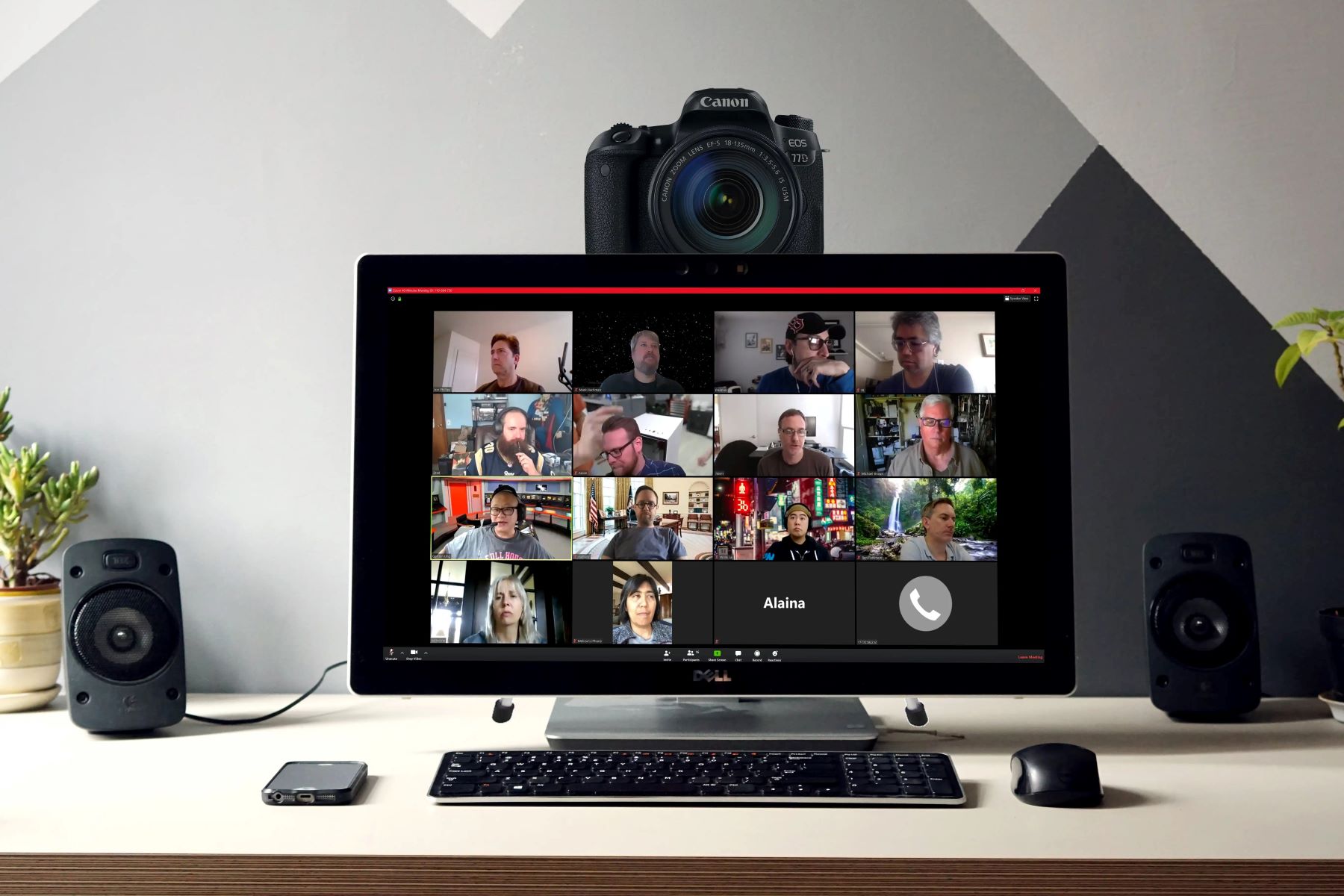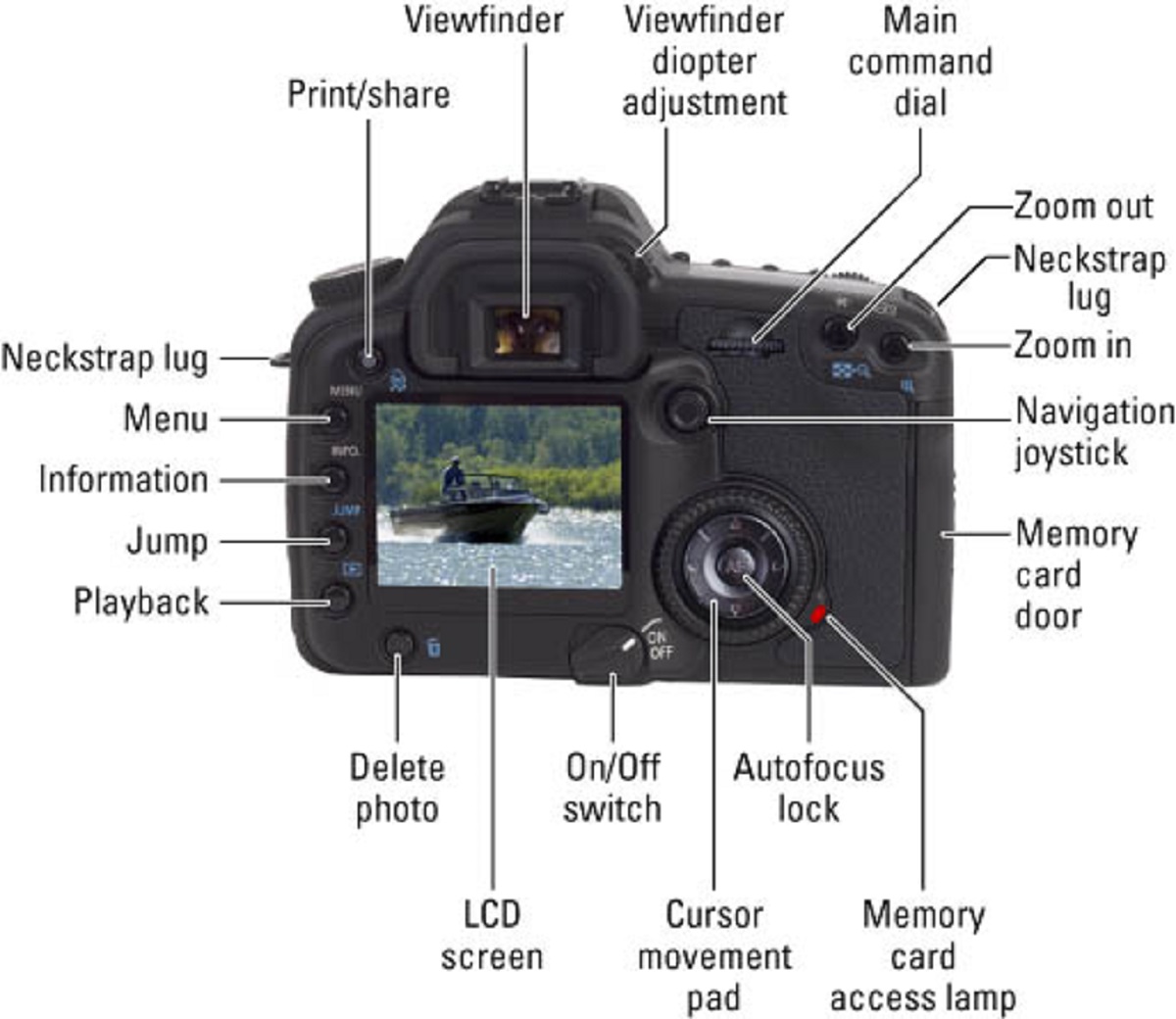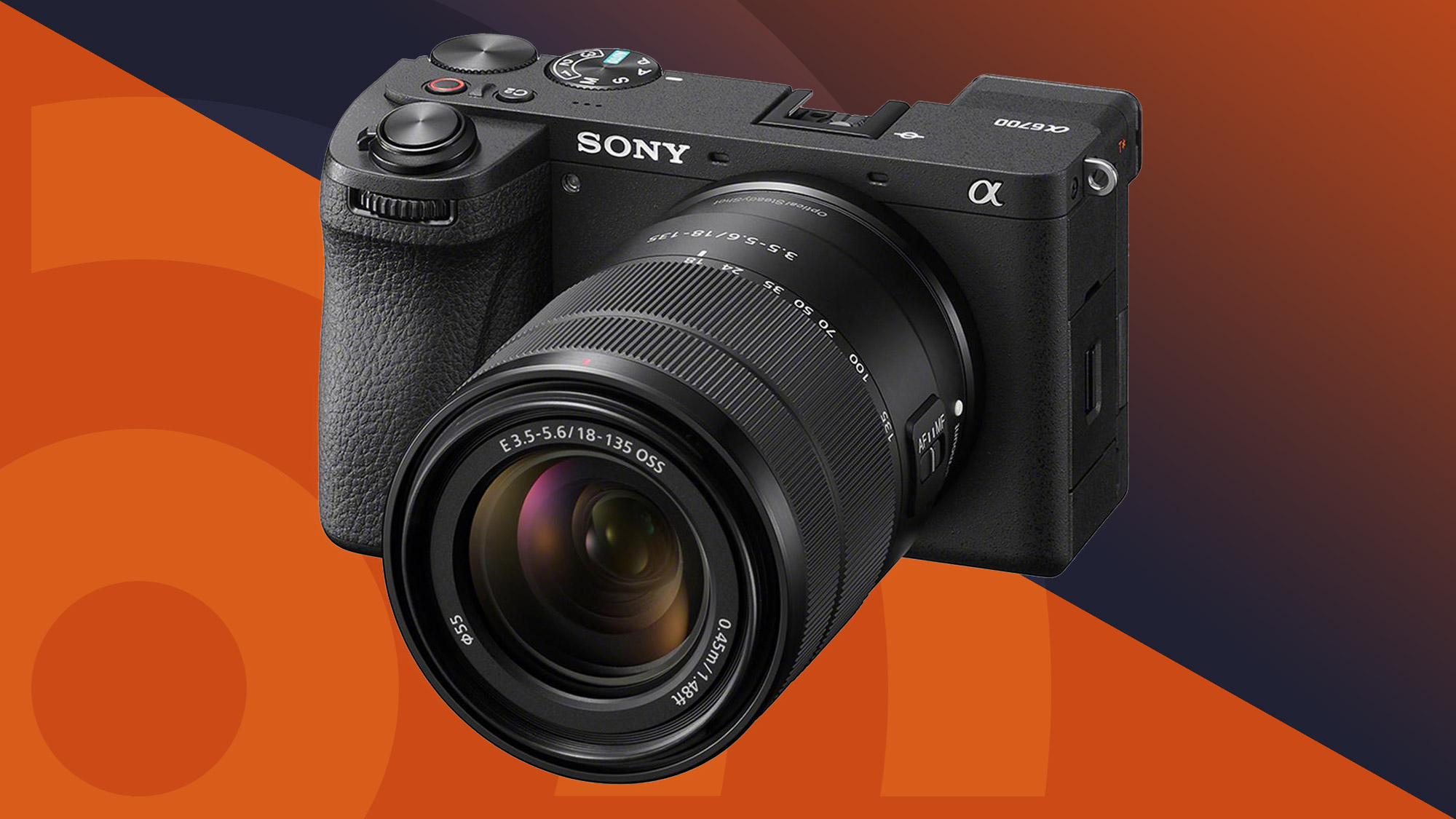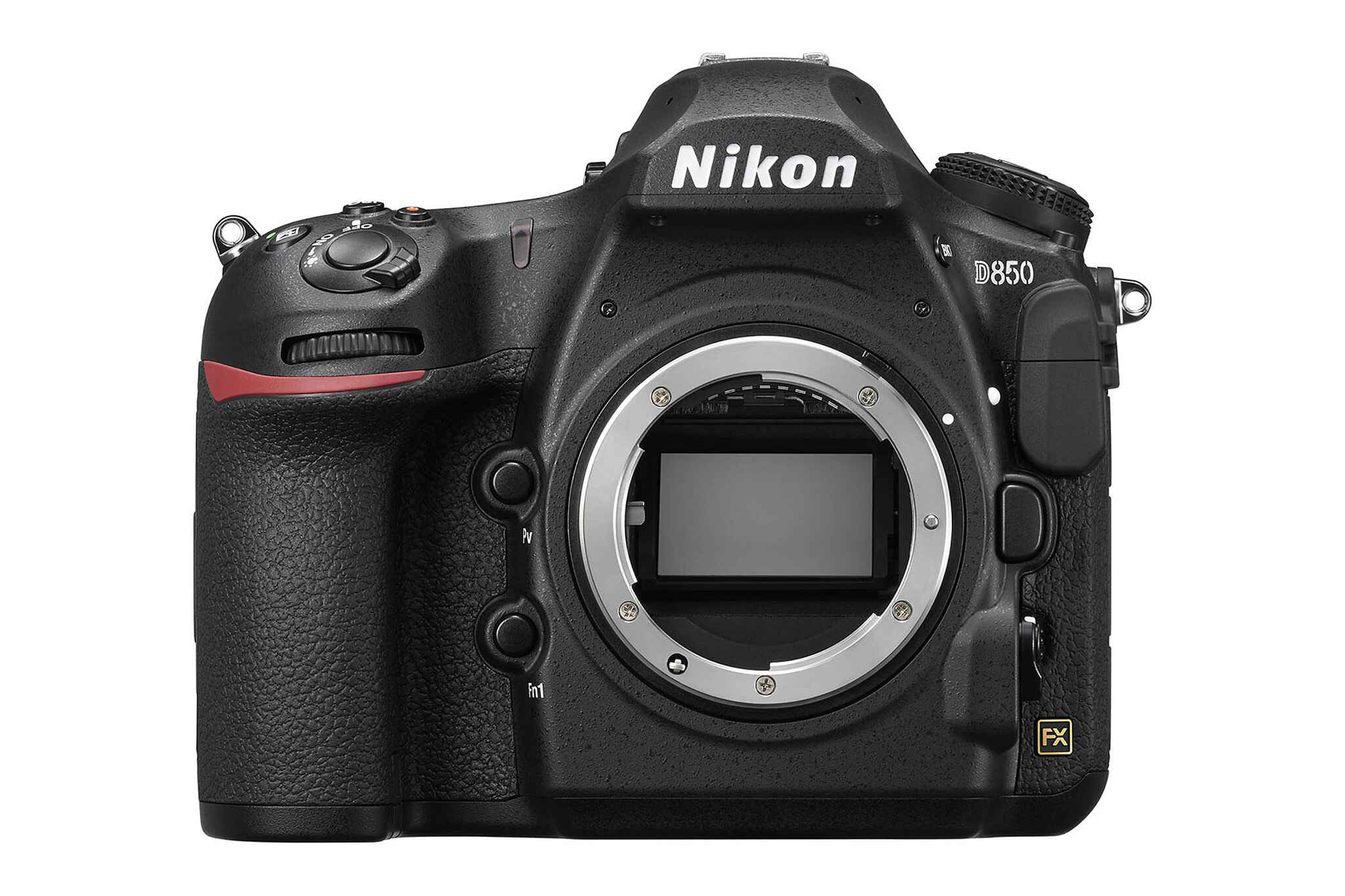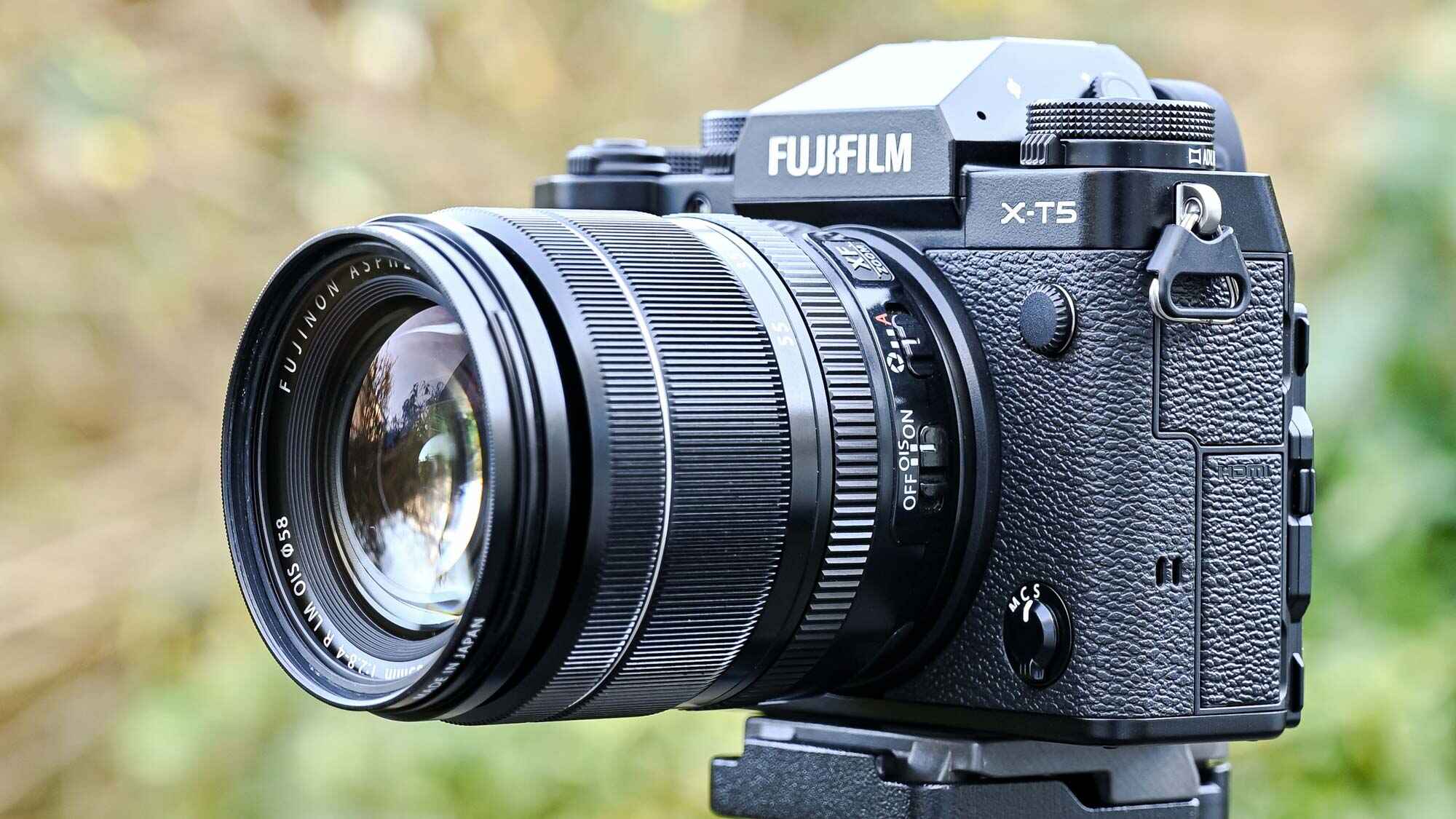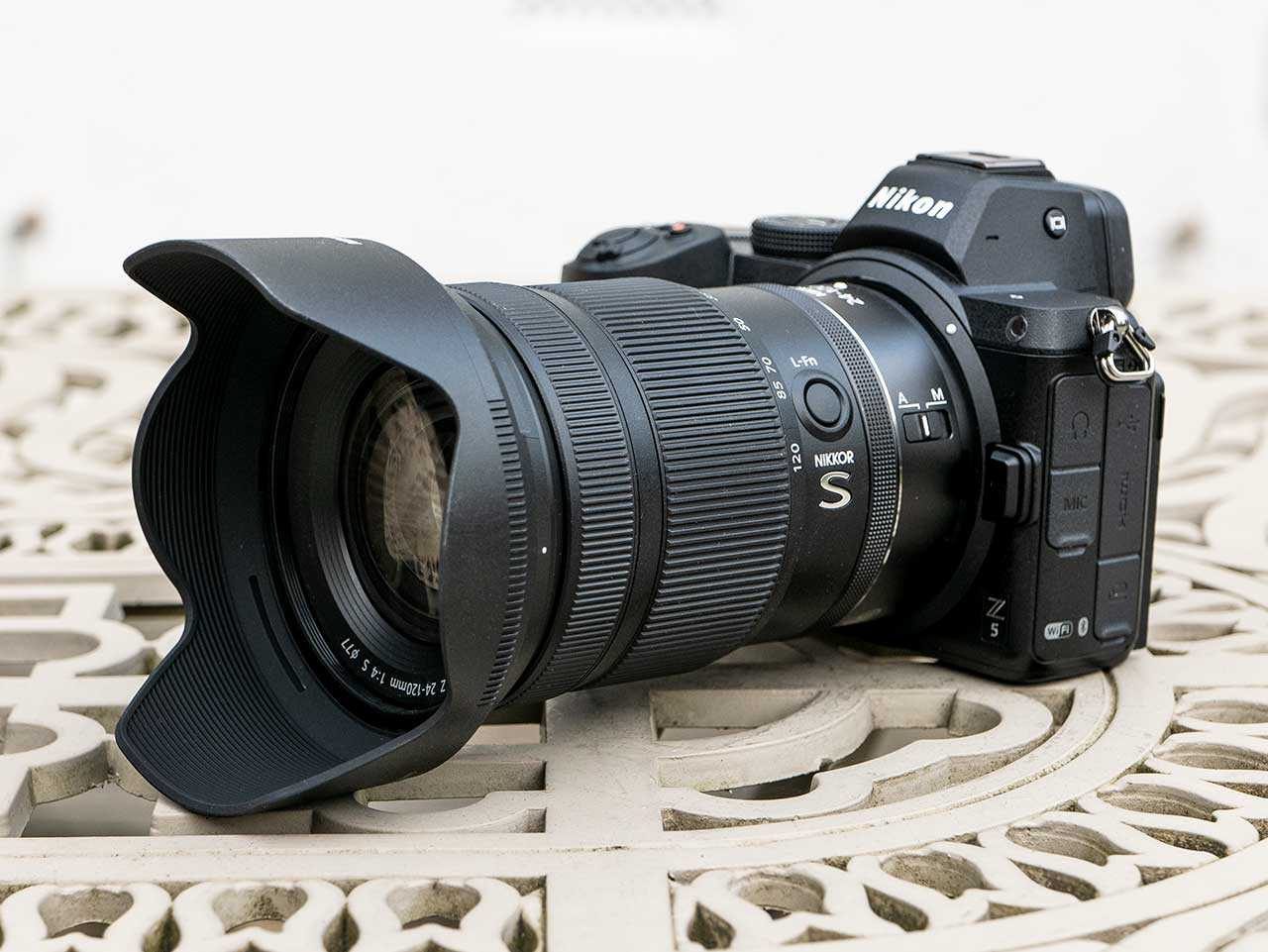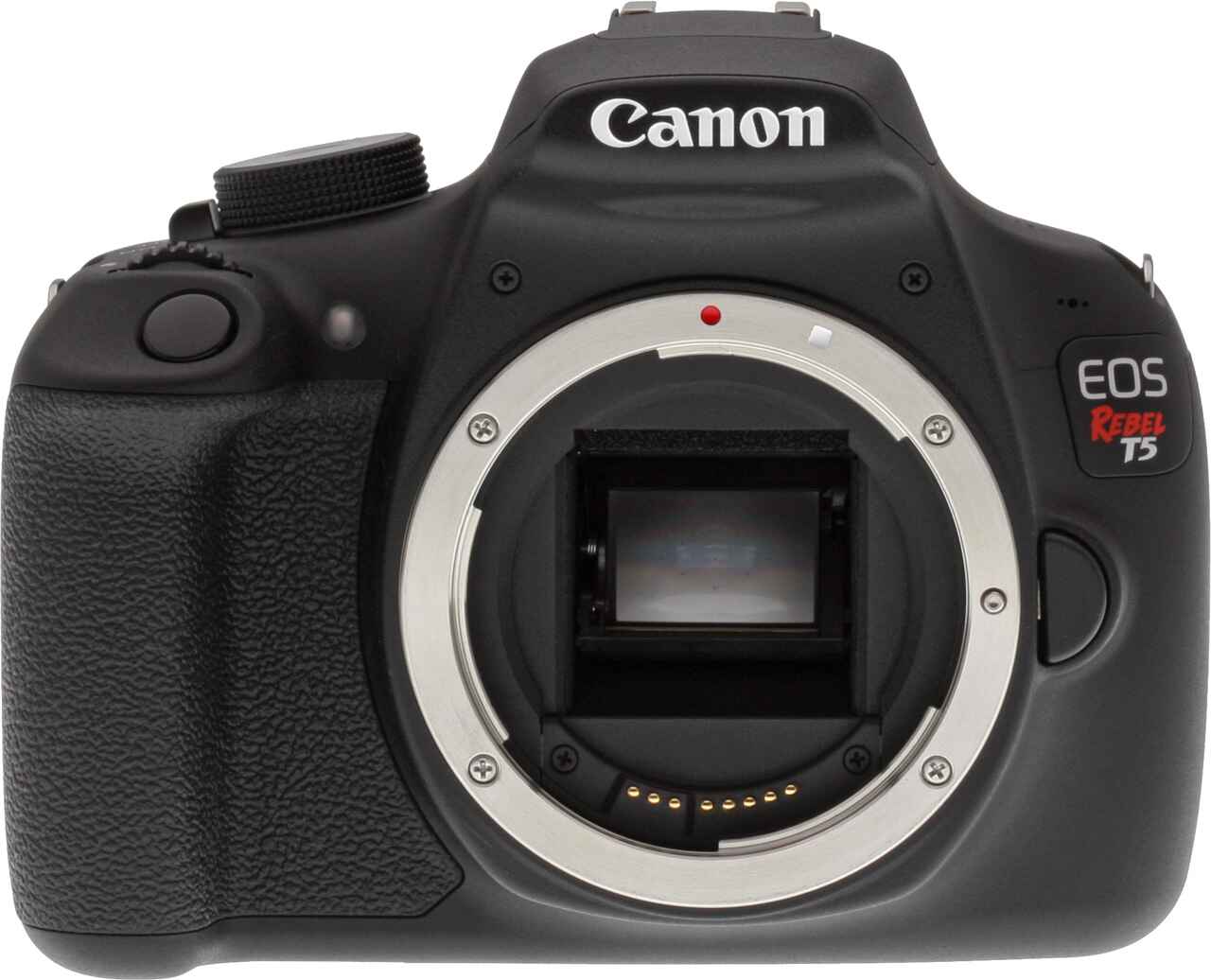Introduction
Are you frustrated with the auto focus feature on your DSLR camera not working as expected? It can be incredibly exasperating when you're trying to capture a perfect shot, only to find that your camera's auto focus is malfunctioning. Understanding the intricacies of auto focus and the potential reasons behind its failure is crucial for photographers who rely on this feature to achieve sharp, well-defined images.
The auto focus function is a fundamental aspect of modern DSLR cameras, allowing photographers to effortlessly capture sharp, in-focus images without the need to manually adjust the lens. However, when this feature fails to function properly, it can hinder your ability to capture stunning photographs, leading to frustration and disappointment.
In this article, we will delve into the complexities of auto focus, explore the common reasons behind its malfunction, and provide practical troubleshooting tips to help you address and resolve auto focus issues. Whether you're a seasoned photographer or an amateur enthusiast, understanding the nuances of auto focus and how to troubleshoot related problems is essential for maximizing the potential of your DSLR camera.
Join us as we unravel the mysteries of auto focus functionality and equip you with the knowledge and techniques to overcome auto focus challenges, ensuring that you can consistently produce high-quality, sharply focused images with your DSLR camera.
Understanding Auto Focus
Auto focus is a pivotal feature in modern DSLR cameras, revolutionizing the way photographers capture images by automatically adjusting the lens to achieve optimal focus. This technology relies on a combination of intricate mechanisms and advanced algorithms to swiftly and accurately bring subjects into sharp focus, enhancing the overall quality of photographs.
At the core of auto focus functionality is a system of sensors that detect contrast and analyze the sharpness of the image. When the shutter button is half-pressed or the focus is activated, these sensors rapidly assess the scene and instruct the lens to adjust until the subject is in sharp focus. This seamless process enables photographers to capture crisp, well-defined images without the need for manual focus adjustments.
Modern DSLR cameras employ various auto focus modes, including single-point auto focus, zone auto focus, and dynamic auto focus, each tailored to different shooting scenarios and subject types. These modes offer photographers flexibility and precision, allowing them to adapt the auto focus system to suit their specific photographic needs.
Understanding the nuances of auto focus technology is essential for harnessing its full potential. Factors such as sensor type, lens compatibility, and camera settings can significantly impact the performance of the auto focus system, influencing the speed, accuracy, and responsiveness of the focusing mechanism.
By comprehending the inner workings of auto focus and its interaction with other camera components, photographers can optimize their shooting techniques and leverage this feature to consistently produce stunning, sharply focused images. As we delve deeper into the intricacies of auto focus, you will gain a comprehensive understanding of this indispensable aspect of DSLR photography.
Common Reasons for Auto Focus Not Working
Despite its advanced technology, the auto focus feature on DSLR cameras can encounter issues that hinder its functionality. Understanding the common reasons behind auto focus malfunctions is crucial for diagnosing and resolving these issues effectively. Here are some prevalent factors that can contribute to auto focus not working as intended:
- Low Light Conditions: In dimly lit environments, the auto focus system may struggle to accurately detect and focus on subjects, leading to hunting or failed focus attempts. Insufficient ambient light can impede the performance of the auto focus sensors, resulting in blurry or out-of-focus images.
- Obstructed or Low-Contrast Subjects: When the subject lacks sufficient contrast or is partially obscured, the auto focus sensors may struggle to lock onto the intended focal point, causing focus errors. This is particularly common when photographing uniform or low-contrast subjects, such as clear skies or featureless walls.
- Dirty or Faulty Lens Contacts: Contaminants or debris on the lens contacts can disrupt the communication between the lens and the camera body, leading to erratic auto focus behavior. Additionally, damaged or worn lens contacts can impair the electrical connections, impacting the reliability of the auto focus system.
- Outdated Firmware: In some cases, outdated camera firmware can result in auto focus inconsistencies or compatibility issues with certain lenses. Keeping the camera’s firmware up to date is essential for ensuring optimal auto focus performance and addressing any software-related issues.
- Focus Mode and Settings: Incorrectly configured focus modes or settings can impede the auto focus system’s ability to lock onto subjects effectively. Using the wrong focus mode for a specific shooting scenario or having inappropriate focus area settings can lead to focus errors and unreliable performance.
Identifying these common reasons for auto focus not working is the first step in troubleshooting and rectifying issues with the auto focus functionality on your DSLR camera. By recognizing these potential culprits, photographers can take proactive measures to address auto focus challenges and restore the system to its optimal performance.
Troubleshooting Auto Focus Issues
When faced with auto focus issues on your DSLR camera, employing effective troubleshooting techniques can help identify and resolve the underlying problems, restoring the functionality of this critical feature. Here are practical steps to troubleshoot auto focus issues:
- Check Ambient Lighting: Assess the ambient lighting conditions to ensure that there is adequate light for the auto focus system to operate effectively. In low-light situations, consider using additional lighting sources or adjusting the camera settings to improve focus performance.
- Clean Lens Contacts: Inspect the lens contacts on both the camera body and the lens for any dirt, debris, or oxidation. Gently clean the contacts using a soft, lint-free cloth and a small amount of electrical contact cleaner to ensure a secure and unobstructed connection.
- Test Different Focus Modes: Experiment with various auto focus modes, such as single-point, zone, or continuous auto focus, to determine if the issue is related to a specific focus mode. Selecting the most appropriate focus mode for your shooting scenario can significantly improve the accuracy of the auto focus system.
- Calibrate Lens and Camera: If you suspect that a particular lens is consistently exhibiting auto focus errors, consider calibrating the lens and camera using micro-adjustment features if available. This process can fine-tune the auto focus accuracy and address any front or back focusing issues.
- Update Camera Firmware: Check for and install any available firmware updates for your camera model. Keeping the firmware current can resolve software-related auto focus anomalies and ensure compatibility with newer lenses and accessories.
- Perform Manual Focus Tests: Switch to manual focus mode and perform manual focus tests to ascertain if the issue is specific to the auto focus system. This can help determine if the problem lies with the auto focus mechanism or if there are other contributing factors affecting focus accuracy.
By systematically troubleshooting auto focus issues using these techniques, photographers can isolate the root causes of malfunctioning auto focus and implement targeted solutions to restore the system to optimal performance. These proactive measures empower photographers to overcome auto focus challenges and maintain the reliability and precision of their DSLR camera’s auto focus functionality.
Tips for Maintaining Auto Focus Functionality
Maintaining the optimal functionality of the auto focus system on your DSLR camera is essential for consistently capturing sharp, well-focused images. Implementing proactive measures to preserve and enhance the performance of the auto focus mechanism can significantly contribute to the overall quality of your photography. Consider the following tips for maintaining auto focus functionality:
- Regularly Clean and Inspect Your Equipment: Routinely clean the lens contacts, camera mount, and auto focus sensors to ensure unimpeded communication and accurate focus detection. Additionally, regularly inspect the lens and camera body for any signs of damage or wear that may affect auto focus performance.
- Use High-Quality Lenses and Accessories: Invest in reputable lenses and compatible accessories that are designed to work seamlessly with your DSLR camera. Quality optics and accessories can enhance the precision and responsiveness of the auto focus system, contributing to sharper and more reliable focus.
- Keep Firmware Up to Date: Regularly check for firmware updates for your camera model and install them as recommended by the manufacturer. Updated firmware can address auto focus-related software issues, improve compatibility with newer lenses, and introduce enhancements to the auto focus system.
- Understand Auto Focus Modes and Settings: Familiarize yourself with the various auto focus modes and settings available on your camera. Learn how to leverage these options to adapt the auto focus system to different shooting scenarios and subjects, maximizing its effectiveness and accuracy.
- Calibrate Lenses for Precision: If your camera supports lens micro-adjustment features, consider calibrating your lenses to achieve optimal auto focus accuracy. Fine-tuning the focus calibration can address front or back focusing issues, ensuring that the auto focus system consistently delivers sharp results.
- Protect Your Gear from Environmental Factors: Shield your camera and lenses from environmental elements such as dust, moisture, and extreme temperatures, which can compromise the performance of the auto focus system. Utilize protective cases, lens hoods, and appropriate storage solutions to safeguard your equipment.
By incorporating these tips into your photography practices, you can proactively preserve and enhance the functionality of the auto focus system on your DSLR camera, empowering you to consistently produce sharp, well-focused images across a diverse range of shooting scenarios and conditions.
Conclusion
Mastering the intricacies of auto focus functionality and troubleshooting common issues is essential for photographers who rely on DSLR cameras to capture stunning, well-focused images. By understanding the underlying mechanisms of auto focus and familiarizing yourself with the potential challenges that can impede its performance, you can effectively diagnose and address auto focus issues, ensuring that this critical feature consistently delivers sharp, in-focus results.
From assessing ambient lighting conditions to calibrating lenses and keeping firmware up to date, the proactive measures outlined in this article provide photographers with the tools and knowledge to maintain and optimize the auto focus functionality of their DSLR cameras. By incorporating these tips into your photography workflow and remaining vigilant about the factors that can affect auto focus performance, you can elevate the quality and precision of your image capture, regardless of the shooting conditions or subject matter.
As you navigate the complexities of auto focus and its role in achieving exceptional photographic results, remember that patience, practice, and a thorough understanding of your equipment are key elements in overcoming auto focus challenges. By implementing the strategies and techniques discussed here, you can harness the full potential of the auto focus system, empowering you to capture consistently sharp, well-defined images that showcase your creativity and vision as a photographer.
With a proactive approach to maintaining auto focus functionality and a comprehensive understanding of its nuances, you can confidently explore diverse photographic scenarios, knowing that your DSLR camera’s auto focus system is primed to deliver outstanding results, frame after frame.







